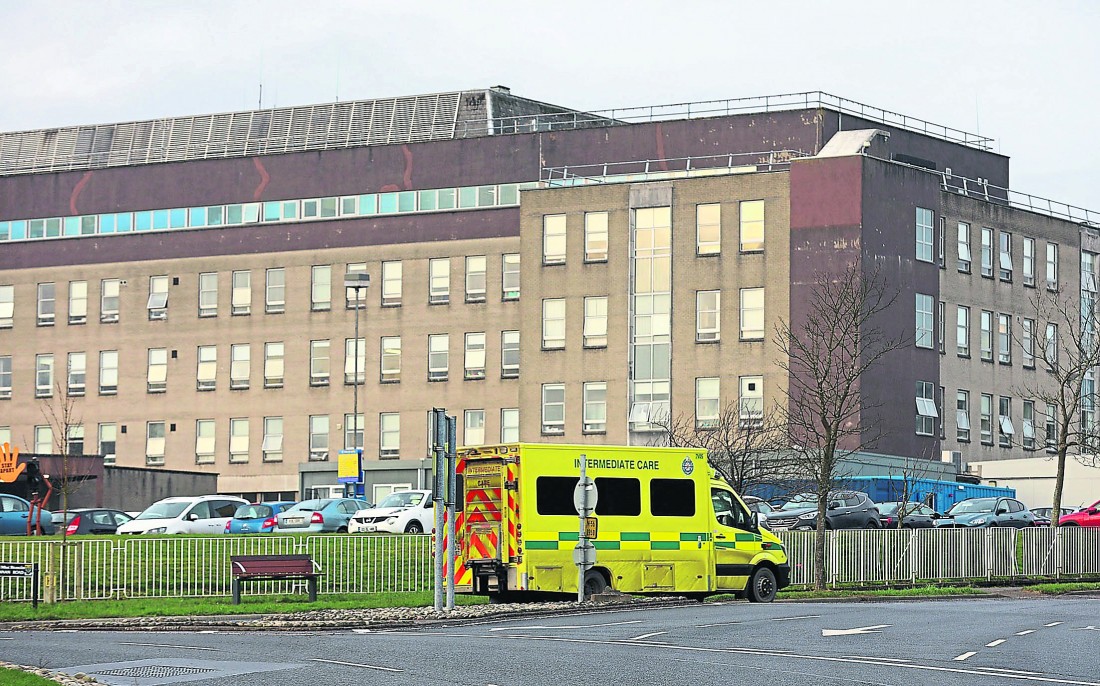LETTERKENNY University Hospital had among the highest number of hospital-acquired cases of C diff in 2021.
Twenty-three patients were diagnosed with the superbug Clostridium difficile (C diff).
Data obtained by the Irish Times through official reports and Freedom of Information requests, also revealed 11 patients acquired Staphylococcus aureus bloodstream infections in LUH in 2021.
Staphylococcus aureus is one of the leading causes of life-threatening bloodstream infections, such as sepsis, while C diff are bacteria that live in the gut and can cause severe illness, particularly in older people who can get distended stomach aches and sometimes need surgery.
There were 352 cases of S aureus bloodstream infections acquired in Irish hospitals in 2021.
Beaumont had the highest number of S aureus infections at 37, with the Mater having 31 and both St James’s and St Vincent’s each having 30.
There were also 717 cases of hospital acquired C diff last year, but that figure could be higher as some hospitals were unable to provide figures for certain months in 2021 due to the impact of the cyber attack on the HSE, which could mean the true figure is higher.
The Mater hospital had the highest number of hospital-acquired C diff cases (65), according to the HSE figures, followed by Galway University Hospital (64) and Beaumont Hospital at 63.
There were also more than 3,000 cases of hospital-acquired Covid-19 last year – 136 in Letterkenny University Hospital.
The rising number of superbugs in hospitals is causing huge concern among practitioners.
Consultant microbiologist, who leads the Health Protection Surveillance Centre microbiology and infection control team, Dr Susie Frost said the spread was “100 per cent due to infrastructure and staff issues”.
She said hospitals have “too many patients, with too few beds, particularly isolation beds”.
“Hands can’t be washed running between them or doing medical rounds; we don’t have enough staff: doctors, nurses and healthcare assistants,” she said.
During the pandemic, the presence of most of the superbugs was decreased, but have since risen with some now reaching higher levels than in 2019.










